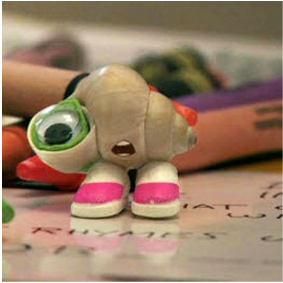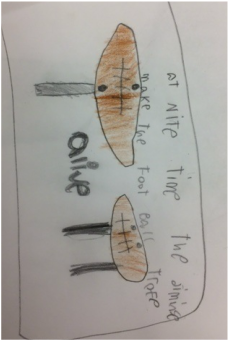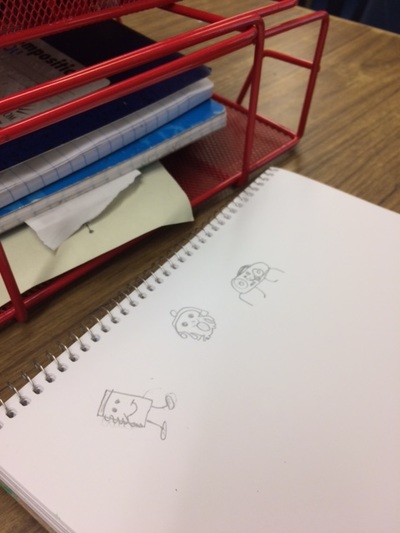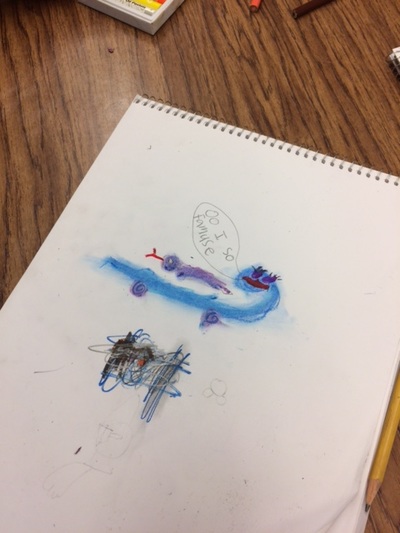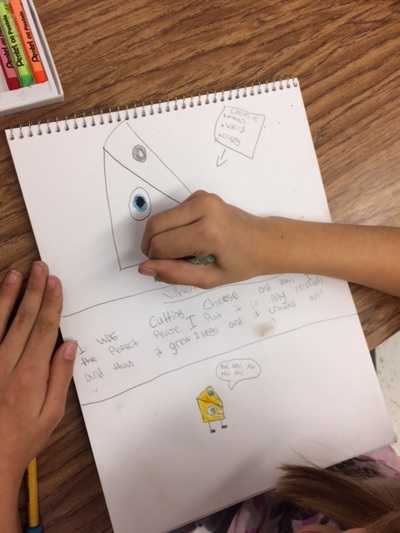Project Explanation:For the fourth lesson, students will be introduced to the idea of anthropomorphization. After observing how contemporary artists (Annie Montgomerie, Nemo Gould) are using this concept in their work, students will create their own anthropomorphic object in the form of a clay sculpture. Students will begin their ideation by imagining what one of their favorite objects would do if it came to life. What would it look like? How would it move? What would it do? While working with clay, students will be introduced to several building techniques, including slab and coil building. After completing their sculptures, students will be introduced to artist statements and write a basic version for their piece. The lesson will conclude with a “gallery walk” so that students can observe the work of their peers.
|
|
|
What does Anthropomorphic mean?
Beginning of Class |
End of Class |
|
"Changing something?"
"Drawing in 3D?" |
"To make something come alive!"
"To make something have human features." |
|
Here a student is sharing how she's using pastels to help her plan for the texture that she wants to use in her clay project. |
|
How'd you make your object anthropomorphic?
|
Student Examples included: " I added..."
|
|
